
Summer brings a lot of delight when it rolls around each year, from picnics with fresh peaches to longer, brighter days. But what’s less fun is when the temperature cranks up to unpleasant levels.
Summer warmth can quickly become dangerous when a heatwave arrives, so experts often advise people to stay indoors and keep cool. While air conditioners and fans can provide a lot of relief, it’s important that people not undermine their efforts to cool the space by using unnecessary appliances.
Here are the three appliances to avoid using during a heatwave:
Why you should cut the cord in a heatwave
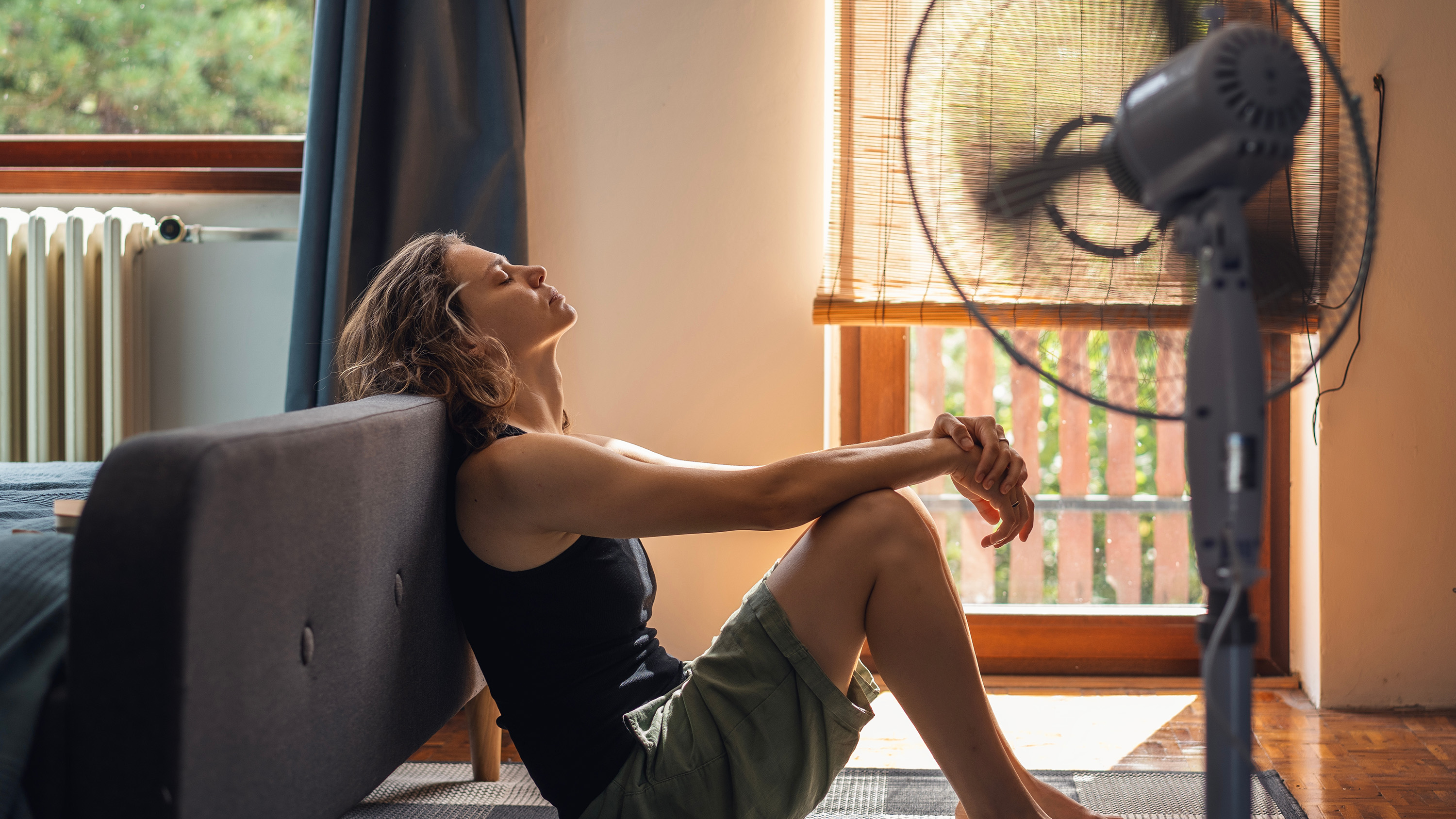
A heatwave is a period of five or more days during which the temperature spikes several degrees past the average maximum temperature, according to the World Meteorological Organization.
The term is also more casually used when it gets much hotter than usual during a shorter period of 2-3 days. Heatwaves are usually caused by high-pressure systems in the atmosphere, which trap heat in a specific region.
They can be very dangerous to anyone who is exposed for too long, causing heat-induced exhaustion, heatstroke, dehydration and even death. This is why it is recommended to stay inside, where the air is cooler.
It's important to minimize the amount of extra heat generated by in-home appliances
But even when inside, extreme outdoor temperatures can cause severe discomfort. Heat is conducted into the home through the roof, walls, and windows; even with all windows and doors closed, heat will travel inside.
Offsetting this heat transfer with air conditioning is useful, but it’s also important to minimize the amount of extra heat generated by in-home appliances. There are three key culprits that will create the most heat – and therefore the most discomfort.
1. Electric Oven

The centerpiece of many kitchens, electric ovens and stovetops get a lot of use year-round for cooking up all kinds of meals. In the winter, the heat they give off is a pleasant bonus – who doesn’t like to gather in a warm kitchen while something delicious cooks away and makes the house smell good? In the summer, however, it’s a different story.
When the oven heats up to cook the food inside it, some of that heat leaks out into the surrounding air, especially through the seal around the door.
Electric ovens and ranges also will vent hot air out into the kitchen while they’re in use, for a couple of reasons: Cooling the electronics within the oven, so that they can retain function, and maintaining appropriate humidity levels within the oven, so that food roasts rather than steams.
During the rest of the year, this heat generation may not be a problem, but during a heatwave, this heat will be more noticeable and reduce the effectiveness of air conditioners. This is especially true if the oven is in use for a prolonged period of time.
The good news is that summertime is full of seasonal ingredients that don’t need a lot of cooking to enjoy. Instead of turning on the oven, consider a new approach.
Alternatives to consider
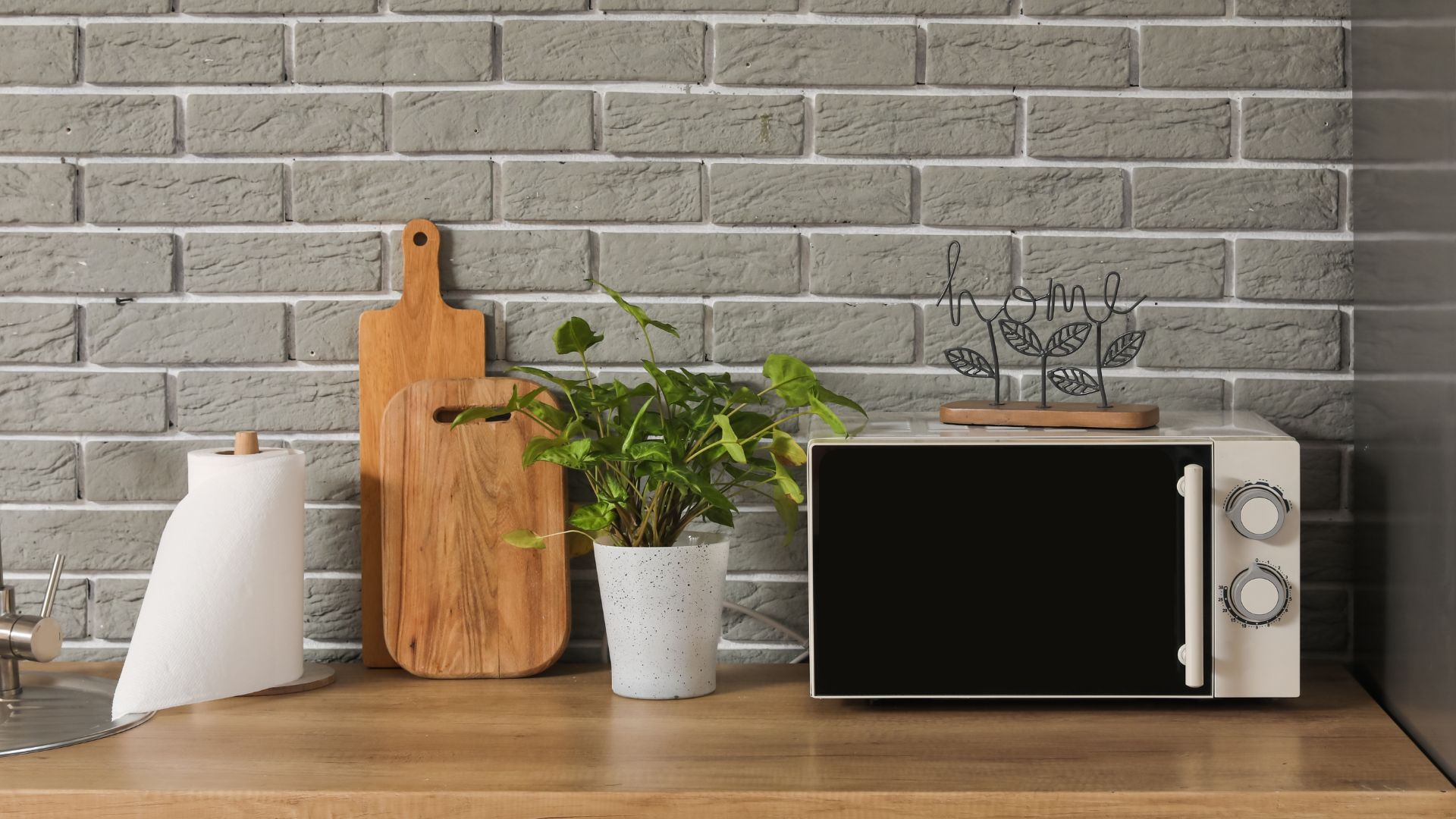
- No-cook meals, like salads and sandwiches, are a great way to get a hearty meal on the table without touching the oven or stovetop. They’re also usually quicker to prepare and let fresh ingredients really shine.
- Use an outdoor grill for any necessary searing. Grilling is restricted to good weather, so why not make use of the hotter temps and keep that heat outside? Using a grill is a useful compromise that gives the benefits of heat-based cooking, without a temperature spike indoors.
- Leverage the microwave for quicker, concentrated reheating and warming. While this appliance will also generate some heat, it will be lower than the oven’s output and you’ll be using the microwave for less time than you would the oven anyway. This is ideal for heating up freezer meals to a pleasant warmth, without excess firepower.
- Put the slow cooker or Instant Pot to work. These appliances are smaller and will release much smaller quantities of excess heat, even when used for several hours. Make sure to place either appliance in a well-ventilated area and set a reminder to check it when the cooking time is up.
2. Dishwasher
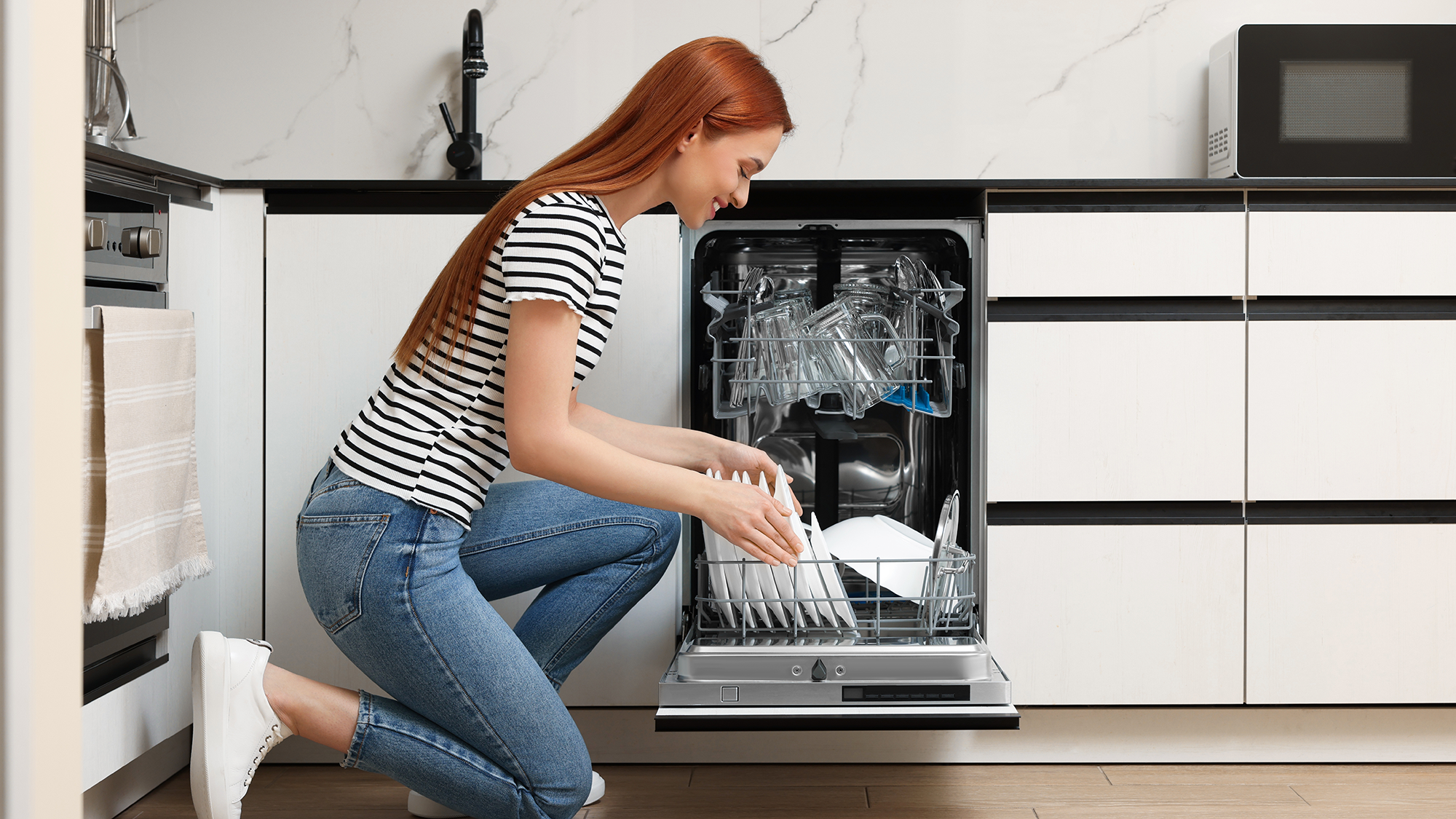
To wash dishes most effectively, you should use hot water, and that’s what dishwashers do. These products have a heating mechanism inside that is used to raise the temperature of the water for cleaning, and then to heat the entire internal environment for the drying cycle.
During drying cycles, heat is used to evaporate water from the (clean) surfaces of the items inside and convert it into steam. This means there is a lot of heat created and released during a regular dishwashing program – and it doesn’t stay purely inside the machine.
When you run the dishwasher, some of this heat will inevitably leak from the mechanism into the surrounding environment. Perhaps you’ve noticed it if you’ve walked past the dishwasher while it’s running.
Most dishwashers will also have a vent for the steam, transferring it from inside the machine to the local environment both during and after drying. If you open the machine right after it’s finished, you’ll also be greeted by a wave of hot air and steam, which will warm the local area. Altogether, there’s a considerable amount of external heating that occurs as a byproduct of washing the dishes.
To minimize the impact of your dishwasher on your home’s internal temperature, why not try one of the following options.
Alternatives to consider
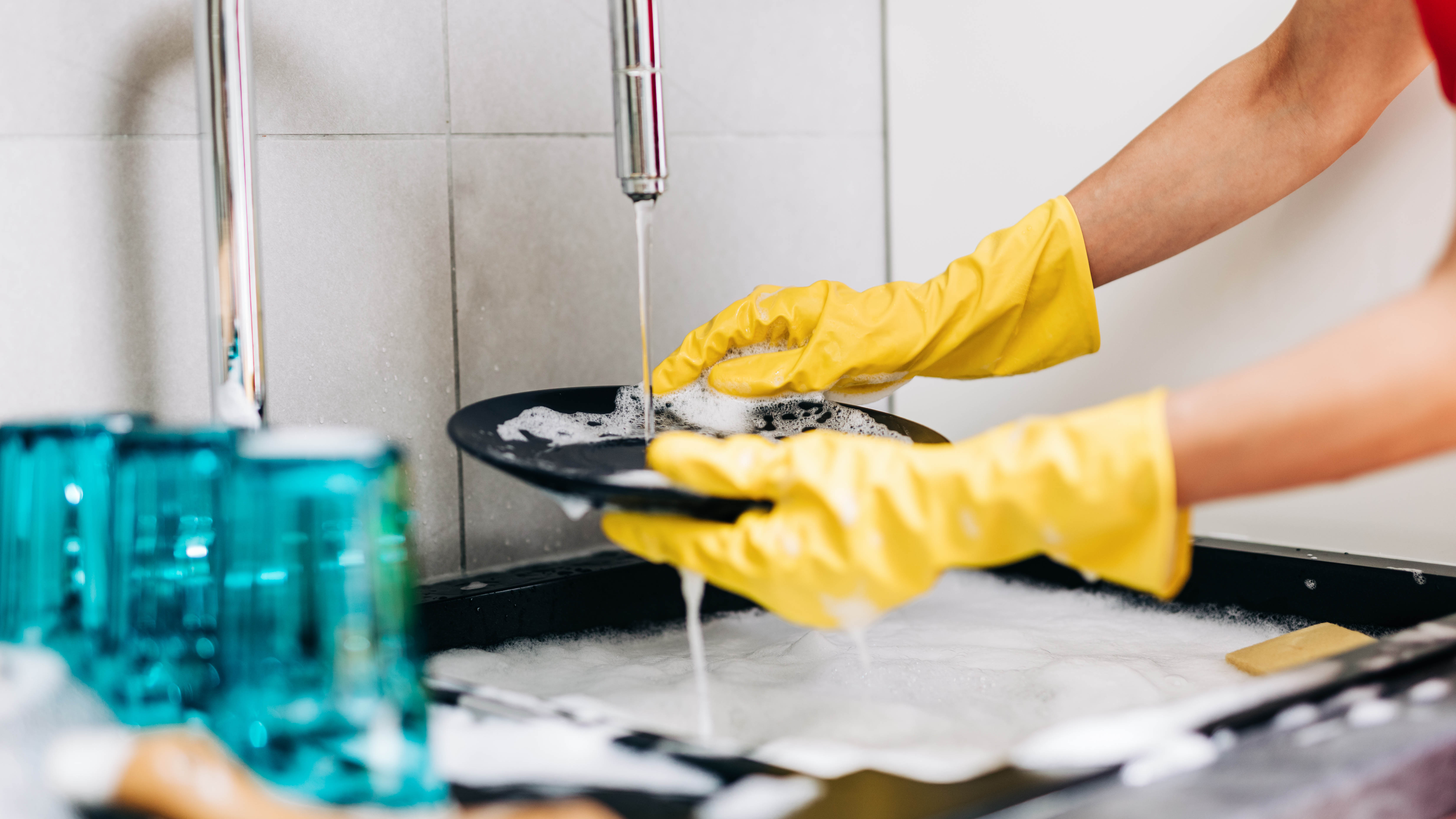
- Hand-wash dishes where possible. Cleaning dishes this way eliminates any electricity from the process and all heat is focused on getting the tap water to a suitable temperature. If you use cool water to clean, this can even be refreshing during a heatwave. Although more labor intensive, you’ll also save on the electricity bill.
- Consider running the dishwasher at night. Temperatures drop during the night, even in a heatwave, so this may be a more palatable time to release extra heat into the house. Be sure to check your electricity rates though, as some utility companies may charge a different sum for nighttime use.
- Don’t use the regular drying cycle. As mentioned, it’s the drying cycle that produces and releases the most heat. Most dishwashers will have an option to let the items inside air dry, or will let you disable the drying cycle altogether. This allows you to still get the convenience of hands-free washing, without the temperature spike.
- Balance out heat with fans or open windows. If it’s not practical or realistic to stop using the dishwasher by day, create some extra ventilation. This will shift added heat out of the home, without impacting the effectiveness of the machine. Open the windows, if your area has a good breeze, or use a fan to create a similar effect.
3. Clothes dryer
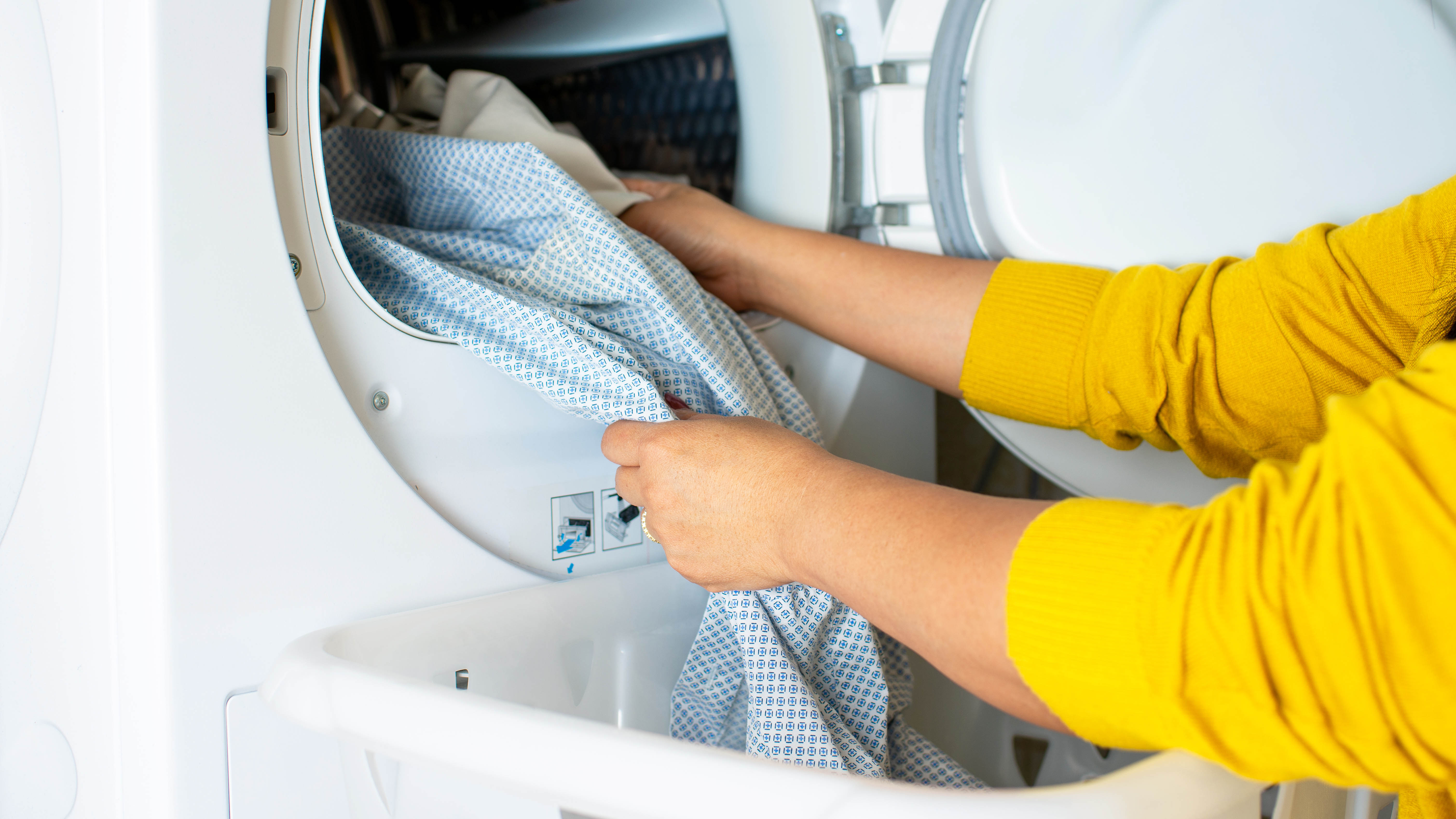
Similar to a dishwasher’s drying cycle, clothes dryers deploy heat to evaporate water from clean, wet clothes. This requires raising the temperature inside the appliance until it’s suitably hot to prompt evaporation. Some of this heat will escape from the dryer and heat the surrounding air, contributing to your house’s temperature.
The dryer will also need to vent the hot, humid air out to protect its internal mechanisms and keep clothes from molding; this will also contribute to indoor temperatures.
Clothes dryers are also particularly vulnerable to the build up of lint that can clog the air vents in the appliance. This material comes from various fibers, hair and other detritus that detach from clothes during the drying process.
When the air vents are blocked, the machine doesn’t get sufficient ventilation and this can cause it to overheat. Not only is this damaging to the dryer, but it will cause even more excess heat to leak into the house.
Dryers are undoubtedly useful and they’re a great timesaver if you have a lot of wet laundry, but they produce a lot of heat. Fortunately, there are ways to reduce their heat impact.
Alternatives to consider
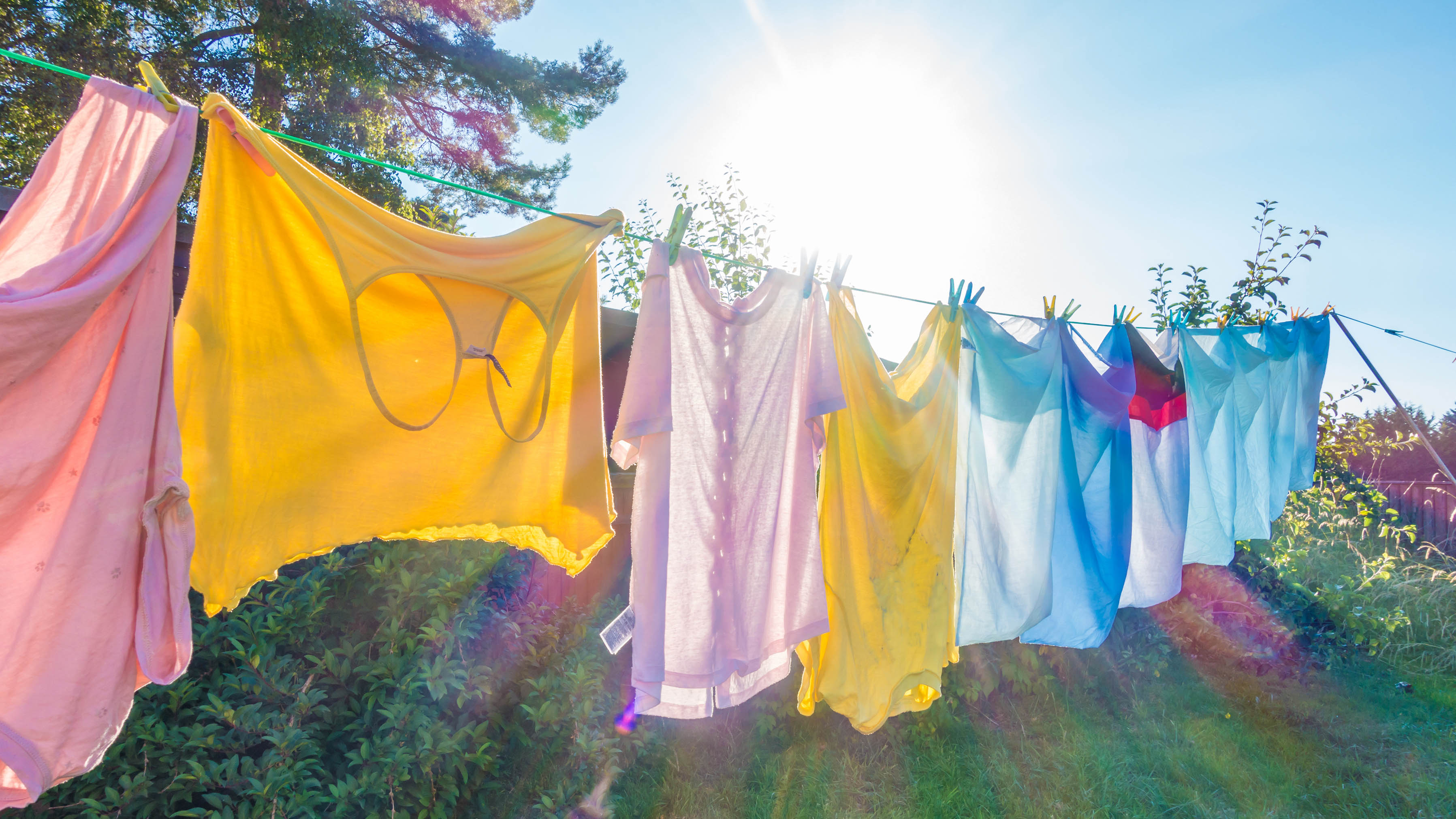
- Set up a clothesline outdoors and air-dry clothes. There’s something almost romantic and nostalgic about this method, which utilizes the high temperatures of a heatwave and puts them to work. Of course, this requires a clear day with no rain, but heatwaves are often dry so this should be a fairly reliable option, if you have the space.
- Use a drying rack indoors. If outdoor space is limited, leave your clothes to dry inside on a clotheshorse or other rack. This ensures sufficient ventilation and can be economical in smaller spaces, without requiring any electricity or appliances to work.
- Utilize the spin cycle on your washing machine first. Clothes dryers spend a lot of energy trying to evaporate water from soaking wet clothes. If you remove some of this water through the washer’s spin cycle – which functions much like a salad spinner – then clothes will be damp when they enter the dryer, rather than saturated. You can then use a shorter drying cycle.
- Dry clothes early in the morning or late at night. If you must use the dryer, then try to get it working during the coolest hours of the day. While you’ll still produce some heat, it won’t be as uncomfortable as running the dryer when temperatures are at their peak.







